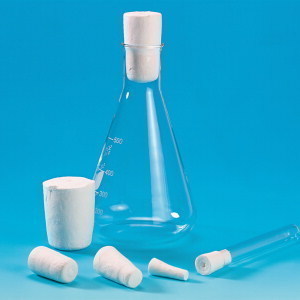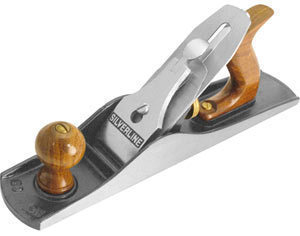Erlenmeyer Flasks Dimensions
The Erlenmeyer or E-spot is a lab flask named after its inventor, the German scientist Emil Erlenmeyer who created it in 1861. The flask is utilized mainly for heating liquids.
scientist Emil Erlenmeyer who created it in 1861. The flask is utilized mainly for heating liquids.
Erlenmeyer Flask Size: Wide Mouth
These Erlenmeyer flasks can have wide or narrow mouths. This has an effect on the capacity and size of the flask. One of the most popular wide mouth sizes is 125 ml which has a graduated interval of 25 ml.
The 250 ml flask also has a graduated interval of 25 ml. The 500 ml has a graduated interval of 30 ml, as does the 1000 ml flask. The 2000 Erlenmeyer flask has a graduated interval of 100 ml. The graduated range of the 125, 250, 500, 1000 and 2000 ml are 50-125, 50-200, 100-500, 250-1000 and 400-1800 ml respectively.
Erlenmeyer Flask Size: Narrow Mouth
The common sizes are 10, 25, 50, 125, 250, 300, 500, 1000, 2000, 4000 and 6000. The graduated range (in ml) are 5-10, 10-25, 20-50, 50-125, 50-200, 100-300, 100-500, 250-1000, 600-1800, 1000-4000 and 1500-6000 respectively.
The graduated intervals are 5, 5, 10, 25, 25, 25, 50, 50, 200, 500 and 500 ml. The outside x height measurements are 31 x 50, 41 x 65, 51 x 78, 67 x 114, 82 x 132, 89 x 144, 101 x 176, 129 x 216, 160 x 268, 206 x 360 and 235 x 410.
Features and Characteristics
The flask has a conical and flat body. The neck is cylindrical. Almost always, the flask has markings on the side, serving as indicators to the content volume.
Whatever the Erlenmeyer flask size is, there is bound to be an area of enamel or ground glass. This is for labeling it with a pencil. It is distinguished from the beaker in that it has a narrower neck and tapered body.
Typically, the Erlenmeyer flask has slightly rounded lips. This allows the flask to be stoppered with a cotton wool. Sometimes the neck is equipped with a female ground glass joint. This is used for accepting a glass stopper.
The conical shape meanwhile, allows the Erlenmeyer to be shaken, essential in some experiments. The contents will not spill out owing to the narrow neck. The narrow neck also slows evaporative loss compared with a bigger neck. Its flat bottom also reduces the chances of it tipping over.
Functions and Uses
Erlenmeyer flasks are used in the lab for various experiments. For example, they are often used for titration, particularly pH. As stated earlier, the flask is also used for heating liquids.
For this reason, the Erlenmeyer is often set on a ring connected to a ring stand. This is done via a ring clamp. When the flask is to be heated on a water bath, a C shaped iron weight is set on the conical part. This is to prevent it from floating.
The flask can also be made from materials like borosilicate glass. Just like other laboratory equipment, the right Erlenmeyer flask size must be picked for the task.





